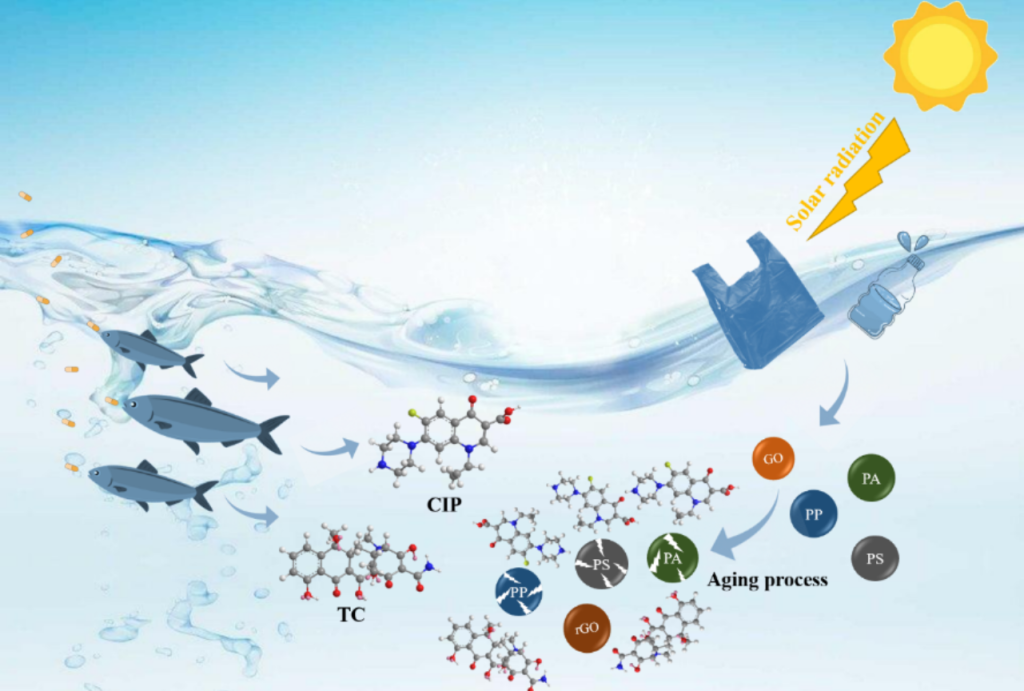Graphene Oxide in Environmental Protection: Transforming Water Treatment, Air Purification, and Waste Recycling
Graphene oxide (GO), known for its remarkable adsorption capacity, chemical reactivity, and environmental compatibility, has emerged as a groundbreaking material for addressing global environmental challenges. Its versatility and scalability make it ideal for applications such as water treatment, air purification, and waste recycling. This article explores the introduction, advantages, applications, and current trends of graphene oxide in environmental protection.

1. Water Treatment
Water pollution remains a critical global issue, with heavy metals, dyes, and organic pollutants posing significant threats to ecosystems and human health. Graphene oxide, with its high surface area and abundance of oxygen-containing functional groups, is an effective adsorbent material for removing these contaminants from water.
Advantages of GO in Water Treatment
- High Adsorption Capacity: GO can bind to heavy metals (e.g., lead, mercury) and organic pollutants (e.g., pesticides, dyes) through various mechanisms such as ion exchange and hydrogen bonding.
- Chemical Versatility: Functional groups like hydroxyl, carboxyl, and epoxy on GO’s surface enable interactions with a wide range of pollutants.
- Ease of Regeneration: GO-based adsorbents can be regenerated and reused, reducing operational costs and waste.
Applications in Water Treatment
- Heavy Metal Removal: GO efficiently captures toxic metals like arsenic, cadmium, and chromium from industrial wastewater.
- Dye Adsorption: Industries such as textiles and printing benefit from GO’s ability to adsorb synthetic dyes from wastewater streams.
- Organic Pollutant Degradation: GO can also serve as a catalyst support for breaking down complex organic pollutants in water.
Market Potential
The global water treatment market is witnessing significant growth, driven by stringent regulations and increasing demand for clean water. GO-based water treatment technologies are gaining traction for their effectiveness, sustainability, and cost-efficiency.
2. Air Purification
Air pollution, particularly from volatile organic compounds (VOCs), particulate matter, and industrial emissions, is a pressing concern. Graphene oxide has demonstrated significant potential in capturing and degrading air pollutants, contributing to improved air quality in both indoor and outdoor environments.
Advantages of GO in Air Purification
- Exceptional Adsorption: GO’s large surface area and porous structure allow it to trap airborne contaminants effectively.
- Catalytic Properties: Functionalized GO can act as a photocatalyst to decompose VOCs and other harmful compounds.
- Scalability: GO-based air purification solutions are scalable, making them suitable for industrial, commercial, and residential applications.
Applications in Air Purification
- VOC Removal: GO can adsorb and degrade harmful VOCs emitted by industries, paints, and household products.
- Particulate Matter Filtration: GO coatings on air filters improve their efficiency in capturing fine particulates.
- Odor Neutralization: GO-based materials can remove odorous compounds, enhancing indoor air quality.
Market Trends
The air purification market is expanding rapidly due to growing awareness of health risks associated with poor air quality. GO’s integration into air purifiers and filtration systems offers a sustainable and high-performance solution for tackling air pollution.
3. Waste Recycling
Efficient waste recycling is essential for sustainable resource management and environmental conservation. Graphene oxide’s high adsorption and catalytic capabilities enable its use in resource recovery processes, such as extracting valuable metals and degrading hazardous waste.
Advantages of GO in Waste Recycling
- High Selectivity: GO selectively adsorbs specific metals and organic compounds, facilitating efficient resource recovery.
- Catalytic Efficiency: GO-supported catalysts accelerate chemical reactions, enabling the breakdown of complex waste materials.
- Environmental Compatibility: GO-based recycling processes minimize secondary pollution, making them eco-friendly.
Applications in Waste Recycling
- Metal Recovery: GO can adsorb and recover precious metals like gold, silver, and platinum from electronic waste and industrial effluents.
- Organic Waste Decomposition: GO-supported photocatalysts help degrade hazardous organic compounds into less harmful substances.
- Battery Recycling: GO plays a role in recovering valuable components from spent lithium-ion batteries.
Market Growth
The waste recycling market is evolving as industries and governments seek sustainable solutions for managing growing waste volumes. Graphene oxide’s unique properties make it a valuable addition to recycling technologies, particularly in the recovery of scarce and expensive resources.
Conclusion
Graphene oxide is redefining environmental protection through its innovative applications in water treatment, air purification, and waste recycling. Its high adsorption capacity, chemical versatility, and catalytic efficiency address key environmental challenges while offering sustainable and cost-effective solutions.
From removing heavy metals and dyes from water to capturing airborne VOCs and recovering valuable materials from waste, GO has proven its potential as a transformative material. As industries and governments invest in green technologies, graphene oxide is poised to play a pivotal role in creating cleaner, more sustainable environments. Its ongoing development and commercialization promise a future where environmental protection meets technological advancement.

